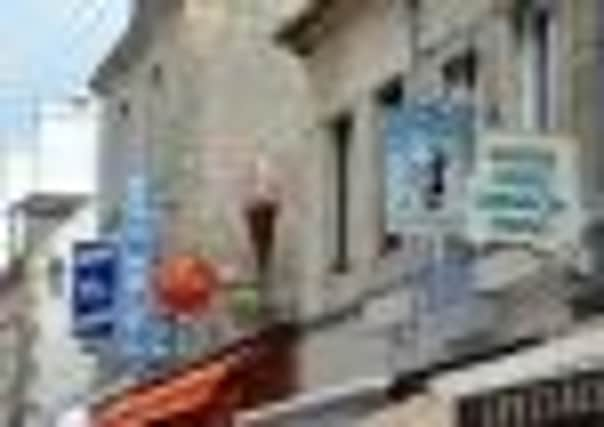Stories written in the sand


MY American co-traveller had wanted to see where his cousin had landed on mainland Europe in 1944 and I was the tour guide on his mobile history lesson.
His arrival in Normandy was easier than his cousin’s. We docked at Ouistreham and were soon on our way in the dawn to Juno Beach. It was deserted at that time of day and the quiet was the opposite of what Canadian and British troops encountered on the morning of June 6 when they attacked their objectives with considerable loss of life.
Advertisement
Hide AdAdvertisement
Hide AdThe Normandy landing beaches can be seen in two days. But it’s a good idea to visit first the magnificent Museum of Peace gives a good analysis of Operation Overlord and what led up to it. The museum, an understated building in a Caen suburb, holds a wealth of information about the landings along with aspects of the descent into war, recovery and the peace that followed. Our visit was on a wet day and time soon passed as we absorbed ourselves in exhibitions that reveal war on an intimate, personal level.
From Caen we travelled, on mostly empty French roads, to the windy resort of Arromanches and the ruins of the Mulberry harbour that allowed the Allies to deliver prodigious quantities of supplies to the bridgehead and subsequently the break out of the Allied armies.
The American War Cemetery brings the reality of death into sharp focus. Like the Commonwealth War Graves Commission cemeteries, the American cemetery at Colleville-Sur-Mer is in perfect condition with crosses and Stars of David seemingly towards to the sea from whence these young men had come. Even groups of local school children, obviously on their own history lesson, were in reflective mood.
After a night in Port-en-Bessin-Huppain, we headed west to the American landing beaches with our first stop at Ste-Mere-Eglise. Perhaps the most photographed part of the town is the reproduction of American Private John Steel hanging by his parachute from the church steeple. The hapless Private Steel, made famous by actor Red Buttons in the film D Day, was suspended for two hours until cut down by the Germans and taken prisoner. He later escaped. Across the town square is a small museum dedicated to American airborne troops that recounts life of the men who took the important town in the dark. Moving back to the coast, Utah beach looked very much the typical French seaside strand. Dog walkers and kite flyers enjoyed themselves in the bright sunlight and strong onshore breeze. Utah was the westernmost landing site and was added to the beaches to be attacked when more landing craft became available.
Advertisement
Hide AdAdvertisement
Hide AdTaking the beach meant capturing the important port of Cherbourg became possible. The German defences here were not as strong as further down the coast and during the day of invasion 20,000 men landed on Utah.
Pointe du Hoc is perched high on 300 feet cliffs and commanded a perfect sea view for the heavy German guns. The plan was for American Rangers to land here at 6:30 in the morning just as the Allied naval bombardment of the cliffs was lifted. But the Rangers were late and the Germans had time to recover from the bombardment and re-man their positions.
Scrambling up ladders and ropes the Americans managed to take the guns, aided by a further naval bombardment. Some of the gun positions remain and the ground surrounding those bears witness to the heavy shelling and fighting that took place.
Omaha, the scene of the fiercest of fighting for the American troops, they termed Bloody Omaha. This long stretch of coastline, well defended by the Germans, is today a popular spot for holidaymakers and it is hard to imagine now the ferocity of the battle that took place. A monument stands on the beach reminding the visitor of the 24,000 casualties suffered on that day in June. As we returned to Caen the chatter in the car was subdued as we tried to comprehend the logistics and loss of life that Operation Overlord represented.
Advertisement
Hide AdAdvertisement
Hide AdBack in Caen, I introduced my American friend to some significant British history. In the church of St Etienne, William the Conqueror is buried. This visit led to another history lesson and 1066 and all that. But nothing remains of William apart from his femur following the sacking by Huguenots of the church in the 16th century.